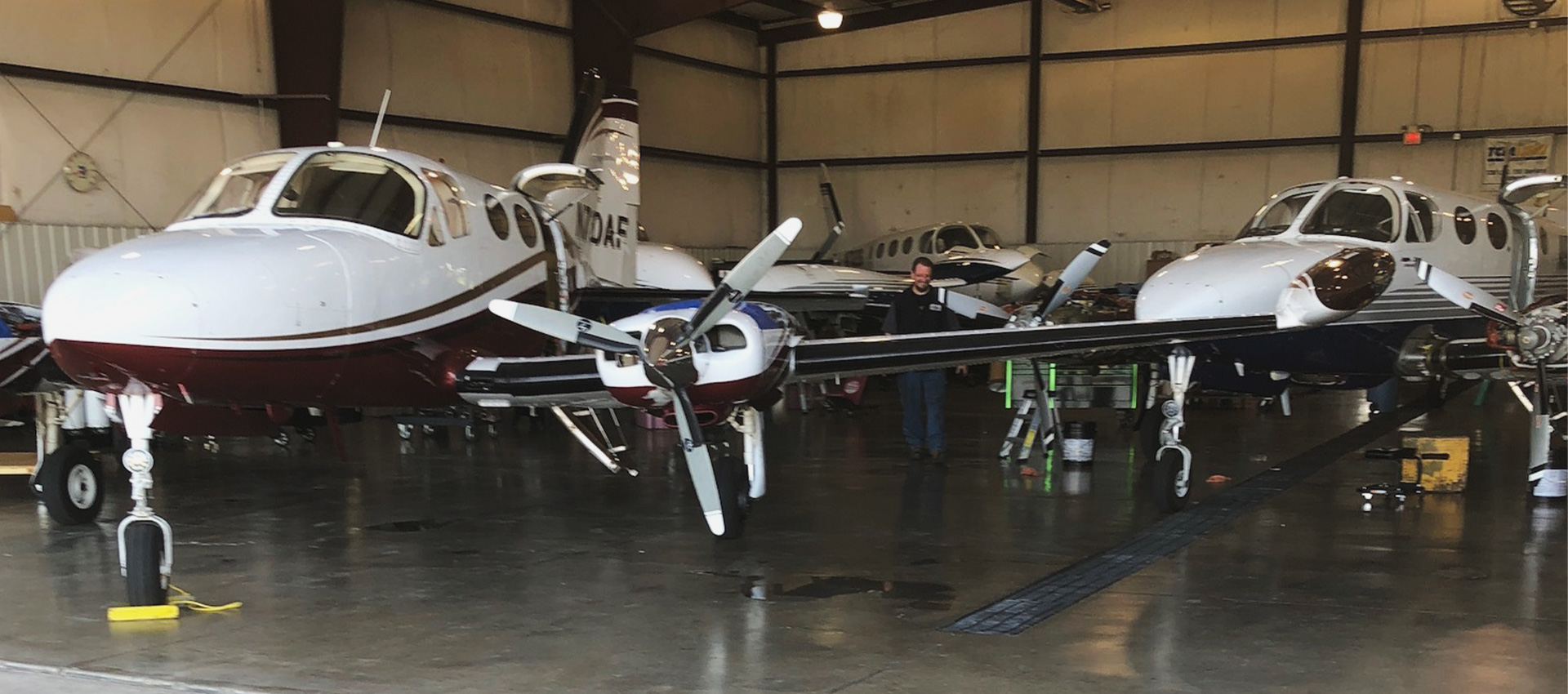Christian Pancake
TTCF Executive Director & Director of Aircraft Sales, TAS Aviation

Having spent the last several years involved in the aircraft sales arena, I have learned quite a number of interesting and unique things. I often find that, during the course of a sale, there is always one small and seemingly minor thing that applies only to that airplane or airplane type. This can be everything from a series of lien’s that need to be removed, and date back to the mid 1960’s or it can be the difficulty that comes from securing financing and insurance on “rare” aircraft such as a T303 or a 335. One these items, that comes up every so often, is registration on the International Registry. Only certain Twin Cessna models are even applicable for registration, so it’s a rather uncommon occurrence. But, when it does come up, I often get many questions about the process, why it is important and why the customer has to go through this process. This sparked the idea to author an article on the topic and discuss the International Registry in more detail for those who aren’t aware.
As a matter of background, the International Registry is officially named “The International Registry of Mobile Assets” and is headquartered in Dublin, Ireland. The establishment of this non-governmental, third-party entity (more on this later), happened as a result of the Cape Town Treaty or, officially, the Convention of International Interests in Cape Town, South Africa. This convention was held in 2001 and didn’t take effect until March of 2006, so this is a relatively new situation and may be foreign to those that haven’t been in the market since that time. The IR now has 81 contracting parties across the world. But why exactly does anyone need to register on the IR? I’ll be honest, my first encounter with this process, I was thoroughly convinced it had everything to do with flying your aircraft internationally, but rest assured it does not, and I was mistaken.
The IR is all about the registration of a financial asset or interest in a financial asset, such as fractional ownership. Instead of rewriting this overview, here is a well written excerpt from an article written by Amanda Applegate of Aerlex Law Group on businessair.com in January 2014:
“The two main types of registration on the IR are contract of sales and international interests. A contract of sale registers the sale of an aircraft or a fractional interest in an aircraft or its engine. The contract of sale on the IR and the filing of the bill of sale and registration application with the Federal Aviation Administration (FAA) allow the buyer to properly perfect title. The international interest validates an entity’s financial interest in a qualified asset. Registering an international interest is mandatory when the aircraft, its engines, or fractional interests in an aircraft or engines are financed with an institutional lender. Use of the IR is necessary to perfect title if either buyer OR seller is domiciled in one of the states or economic units that have ratified the treaty and the Aircraft Protocol. Additionally, only certain aircraft, helicopters and engines qualify to be registered on the IR.” Amanda Applegate, The International Registry: Understanding its Processes and Protections, Jan. 2014
As you can see, this something that only applies to certain aircraft or vehicles in general and is technically a REQUIRED item if you fly an applicable aircraft. Many lending institutions will require you to keep your registration active for the duration of the loan, as well. Not only is it specific to the type of aircraft, but it is also specific to a kind of airframe (number of seats) and type and horsepower of engine, but it does not require anything in regard to the propellers, avionics, etc. So what are those specifications that require registration? The list is as follows:
- Fixed-Wing aircraft with AT LEAST 8 seats, including crew
- A helicopter with at least 5 seats including crew
- Turbine engines that produce 1,750 pounds of thrust
- Turboshaft or piston engines that produce at least 550 horsepower
- The event that there is financing of an applicable aircraft, engines, or fractional ownership
As you can see, that is an expansive list and begins to easily creep into the larger aircraft within our Twin Cessna fleet. There are many aircraft within our fleet that can accommodate up to 8 seats. In fact, when consulting the Type Certificate data sheet regarding the configuration options, all of the 400 series Twin Cessna’s EXCEPT for the 421, 421A, and 414 have a 8 or more seat configuration option. Additionally, the aircraft in the turbine segment of this fleet also qualify, and in some cases for more than just their number of seats. In the case of the Cessna 441, Conquest II, the aircraft meets both the 8-seat requirement as well as the engine requirement of engines producing 550 horsepower or more. This means, that when it’s time to register for the International Registry, as a Conquest II buyer, you will need to register the airframe as well as both engines.
If you haven’t noticed it yet, this entire process can be quite confusing and difficult to understand. But the question that is still not answered is “What is the point of this?” Well, the stated intention of the IR is to encourage financing and uniformity between nations when it comes to registration of interests. But there is a lot of conversation around whether that stated intention is the true intention or if this is simply just another level of bureaucratic red tape. And this conversation is for good reason because as I got to the bottom of what the IR is all about, it
seems to have some obvious flaws.
The first of these flaws, and frankly the largest one, is that not all countries participate in the International Registry, but the United States does. This is problematic because if the goal is to create uniformity and a central international repository for the financial interests of aircraft or its engines, then it would seem it would need to be universally observed. During my time researching the details for this story, I talked to many experts on this topic, in aircraft finance and other areas, and all of them said the same thing, which was “the problem here is that not every country participates”. The other flaw of the IR is that it is run by an independent third- party operator as opposed to a central government or a collective group of governmental entities. In many people’s opinion, this leads the optics to seem as though it is simply about money and extracting more money out of aircraft owners and operators.
So, if you’re aircraft qualifies for IR registration, how do you ensure you properly register. Well, there is a longer answer and there is a shorter answer, the short answer is to rely on a good escrow company such as Aerospace Reports in Oklahoma City. Aerospace has a great team and a dedicated group of professionals that take care of the whole process, for a fee. In my experience the cost is more than worth it because of the complexity of PROPERLY registering with the International Registry. I can attest to this from personal experience, a specific experience I had not that long ago. I was working through a sale on a 421C, and closing was just about to happen when the question of “How would you like to register for the International Registry?” came up. Naturally the buyer asked what the IR was and why they needed to register. After explanation and overview, it was suggested that we save the money in having the escrow company do the registration and that I would do the registration instead. I thought to myself, “how difficult could it be?”. I was reminded of this thought about 6 months and many hours of work later when the registration was finally completed. The process may seem straight forward, but it has a lot more nuisances than you could imagine.
First, the entire system works through a typical “hard to use” online database that is clucky, and hard to maneuver for a newbie. Both parties must apply for a user license, which costs $200 and is active for one year. You also need to appoint an administrator before submitting the user license application and supplying the proper back up documentation. In the case of my situation explained above, I was “lucky enough” to serve as this administrator but often this would be the escrow company or a specialized attorney. Once you have completed these steps, approval will take around 2 to 5 business days but, as always, could take longer. Then, once approved, the registration fees are $100 per aircraft and $50 per engine and this will remain active for 1 year.
So, in conclusion, the IR is a bit of a complicated and confusing area, and something that unfortunately does apply to a portion of our Twin Cessna fleet and must be dealt with. As far as “threats” to not being properly registered, there doesn’t seem to be any drastic recourse. But, if you are attempting to sell your aircraft and your potential buyer is a stickler for the rules, this could make for a more complicated and longer sales process. My advice is simple and straight forward, ALWAYS utilize a professional third party for registration (such as an escrow company or qualified attorney), it will save you way more time and effort than you can imagine, take that from me! Also be sure to understand that for the time being in the U.S. we are still obligated to follow the guidelines and register for the International Registry when applicable.


